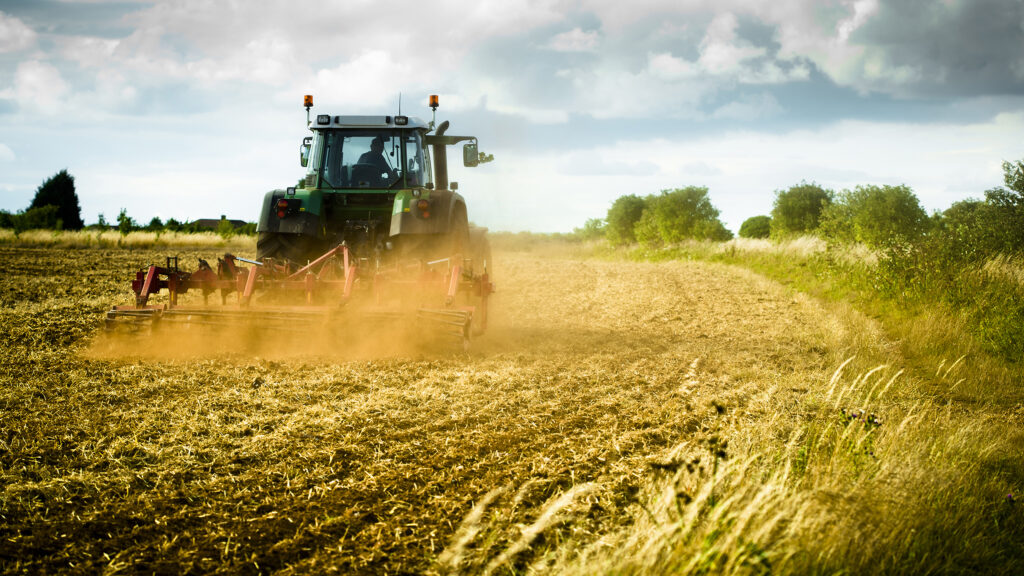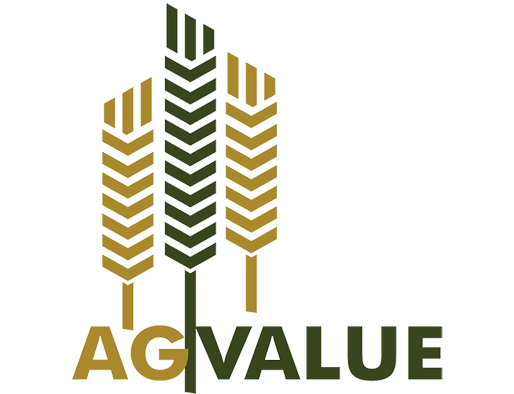
Determining Alabama farm valuations involves methods like comparative sales analysis, income evaluation, cost assessment, capitalization rate analysis, discounted cash flow projections, soil quality examination, and location appraisal. These approaches provide a comprehensive view of a farm’s worth by considering factors like market trends, income generation, property assets, and soil health. Each method plays an essential role in accurately determining the value of agricultural properties in Alabama.
Key Takeaways
- Comparative Sales Analysis provides insights into current market trends for accurate valuations.
- Income Approach calculates Net Operating Income (NOI) and uses Capitalization Rate for estimation.
- Cost Approach determines value based on reproduction costs of farm assets.
- Capitalization Rate Method assesses farm value based on potential income generation and market trends.
- Location and Accessibility Evaluation considers proximity to markets and transportation infrastructure for valuation.
Comparative Sales Analysis
In evaluating Alabama farm valuations, a key method employed is the Comparative Sales Analysis, which involves analyzing recent sales data of similar agricultural properties in the region. By comparing the sales prices of these comparable properties, appraisers can derive an estimate of the subject property’s value. Factors such as acreage, soil quality, topography, location, and any improvements on the land are taken into consideration during this analysis. The Comparative Sales Analysis method provides valuable insights into the current market trends and helps in determining a fair and competitive valuation for Alabama farms. It allows appraisers to understand how different features and characteristics impact the overall value of agricultural properties in the area. Additionally, this approach provides a real-world perspective by looking at actual sale prices, making it a reliable method for evaluating farm valuations in Alabama.Income Approach
Utilizing the Income Approach in farm valuations involves evaluating the property’s potential income-generating capabilities based on factors such as crop yields, rental income, and other sources of revenue. This method is commonly used for income-producing farms where the primary goal is to determine the property’s current and future earning potential. Here are some key points to take into account when using the Income Approach:- Net Operating Income (NOI): Calculating the NOI involves subtracting operating expenses from the property’s gross income. This provides a clear picture of how much income the farm is generating after accounting for expenses.
- Capitalization Rate: The cap rate is used to convert the property’s income into an estimate of its overall value. A higher cap rate typically indicates higher risk and lower value.
- Income Multipliers: These are used to determine the property’s value based on its income. Different types of farms may have different income multipliers.
- Market Trends: Understanding current market trends and projections for the agricultural sector is essential for accurately evaluating the farm’s income potential and overall value.
Cost Approach
When evaluating farm valuations, the Cost Approach involves determining the property’s worth based on the cost of reproducing or replacing the farm’s assets. This method considers the current value of the land and the buildings, as well as any improvements made to the property. The cost approach is based on the principle of substitution, which suggests that an informed buyer would not pay more for a property than the cost of acquiring a similar property. To calculate the farm’s value using the Cost Approach, appraisers consider the cost of the land, the buildings, any machinery or equipment, and any other improvements that contribute to the farm’s overall value. This method is particularly useful when there is a limited market for comparable sales data. By determining the cost to replace the farm’s assets, appraisers can arrive at an estimate of the property’s value that is grounded in the actual costs of reproduction.Capitalization Rate Method
The Capitalization Rate Method, also known as the income approach, is a valuation technique used to determine the value of a farm based on its potential income generation. This method evaluates the farm by estimating the net operating income it can generate and then applying a capitalization rate to convert that income into a value. Here are some key points to keep in mind when utilizing the Capitalization Rate Method:- Income Projection: The method relies on accurate income projections for the farm.
- Capitalization Rate: Determining the appropriate capitalization rate is vital as it reflects the risk associated with the investment.
- Market Trends: Understanding current market trends and comparable sales data is essential for setting realistic income expectations.
- Property Maintenance: The condition of the farm and the need for any major repairs or upgrades should be factored into the valuation process.
Discounted Cash Flow Analysis
An essential aspect of farm valuation that explores the future financial performance and intrinsic value of the farm is the Discounted Cash Flow Analysis. This method involves projecting the farm’s future cash flows and then discounting them back to their present value. By considering the time value of money, this analysis provides a thorough view of the farm’s worth based on its ability to generate income over time. In the Discounted Cash Flow Analysis for farm valuations, factors such as expected crop yields, market conditions, operating expenses, and capital investments are taken into account to estimate the farm’s future cash flows. These projections are then discounted using an appropriate discount rate, which reflects the farm’s risk profile and the opportunity cost of capital.Soil Quality Assessment
Farm valuations can be greatly influenced by the soil quality evaluation, which plays a pivotal role in determining the agricultural potential and long-term sustainability of a farm. Evaluating the soil quality involves analyzing various factors such as nutrient content, pH levels, drainage capacity, and texture. Here are some key aspects to take into account in a soil quality evaluation:- Nutrient Content: Evaluating the levels of essential nutrients like nitrogen, phosphorus, and potassium in the soil is vital for determining its fertility and potential productivity.
- pH Levels: The acidity or alkalinity of the soil, as indicated by the pH levels, can have a significant impact on the availability of nutrients to plants.
- Drainage Capacity: Proper drainage is essential to prevent waterlogging, which can impede root growth and lead to crop damage.
- Texture: Soil texture, categorized as sandy, loamy, or clayey, influences water retention, aeration, and root development, thereby affecting plant growth.
